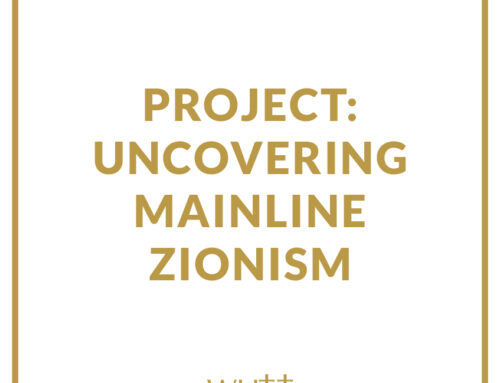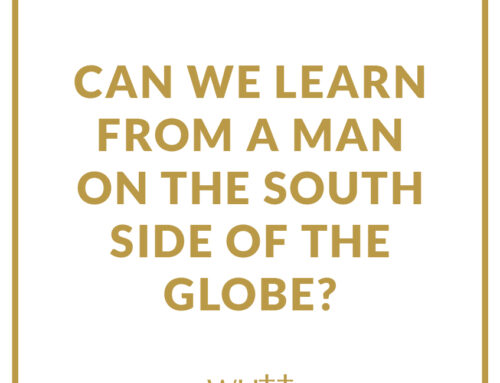ANALYSIS OF THE FEDERAL RESERVE
Chuck Carlson Jr.
Period 2
Schmidt
4/27/85
Just inside the huge doors and behind the police guards of the Federal Reserve Bank in New York stands the sign saying,
“Most of us tend to view money as an object that symbolized value, but the use of money is an economic force, which profoundly affects our society. We hope this tour gives you some insight into money, its role, and the institution responsible for its control.”*
This statement can be condensed into a simple fact, “Money is power”, of which the Federal Reserve has unlimited supply.
The Reserve was established after three unsuccessful tries at centralized banking in 1913 during the Wilson Administration under the name of the Federal Reserve Act. * Some of the most powerful bankers of that time met at Senator Aldridge’s private hunting island. Two of the most powerful present were Max Warburg and J.P. Morgan. On this fourth try these men decided on a change of strategy, which they felt might be more profitable. The bankers themselves would act as if they were standing against the proposal, they would name it as if it were a government agency, and they would convince the American populus that the new Federal Reserve Act was a reform to a more efficient banking system.
This time they succeeded and Congress passed the Federal Reserve Act. The Federal Reserve Bank of New York controls the economy of America through its banking structure, its control of interest rates, and its control of the circulation of currency.
First, the banking structure helps the Federal Reserve control the economy. It has twelve branches throughout the United States, one of which is right here in Denver. These branches were formed to make it look as if the Reserve was not completely a Central Bank, but almost all duties are carried out from New York. A Board of Governors rides above the New York branch and makes all-important decisions at six meetings yearly.* These men are not elected, but are appointed by the president for long terms. The chairman has always been representative of one of the founding New York based banks.
The most fascinating fact of the Reserve is that it is privately owned. At present, the ownership is undisclosed to the public; however, at the start almost eighty percent of the stock was owned by Chase Manhattan Bank, New York National, and several others. The telephone listing of the Denver branch is on page 133 of the telephone book in the private business section. The reserve has never been audited; therefore, no one has any idea as to how much profit is being made and where it is being spent. *
Not only does the Reserve have a control-oriented structure, but it also maintains a control on interest rates, prices paid for borrowed money. Credit markets interrelate to the borrower’s and lender’s demand to establish suitable financial choices. Lenders compete, as in any free market, to have the most desirable interest rates. However, competition does not maintain the controlling factor in interest rates. The rates are completely controlled by the Board of Governors fluctuating the amount of interest they charge banks. The Board sets the prime lending rate, which is the “interest” charged the small banks. If the FED’s interest is high, then banks have to charge consumers heavy interest to make a profit. If the lending rate is set low, as did happen three weeks ago, then banks lower their interest charged to the public.
The Federal Reserve controls interest, but they also fluctuate the amount of currency in circulation. Some of the branches have the right to print paper and coin currency. The Federal Reserve Bank has contracts with the government, and all smaller banks. It creates the money and “loans” it to the government and banks. In return the FED gets interest from these suppliers. The Reserve creates free money and then makes interest on it. *
The Constitution of the United States says that, “No bills of credit shall be made,” bills that are not one hundred percent backed by gold. However, today only one seventeenth of all paper money is backed by gold. By increasing the amount of unbacked currency, the Reserve can cause inflation. The prices are not actually going up, but there are too many dollars to buy too few goods. By controlling the printing of money, the Federal Reserve can control the economy of the United States.
The Federal Reserve is fluctuating the economy of the United States through its control of interest, its banking structure, and its control of the circulation of currency. It is plainly observed that the Reserve is a private organization. Yet this private organization has a firm grip on the people of America. The Board of Governors can cause inflation or deflation at will and make the economy strong or weak.
The Federal Reserve has too much power and their secrets should be examined by Congress. It could then really be known if the Federal Reserve is profiting from the debt, inflation, and interest rates, problems that profoundly affect all Americans.


